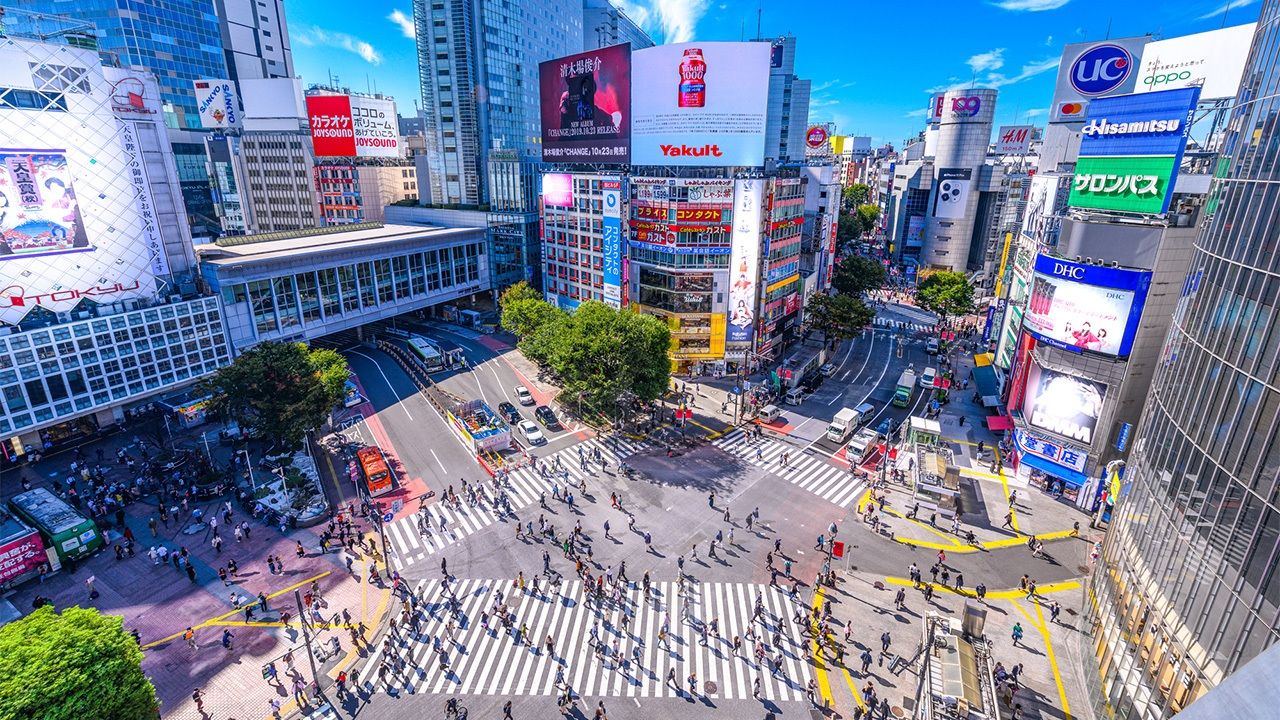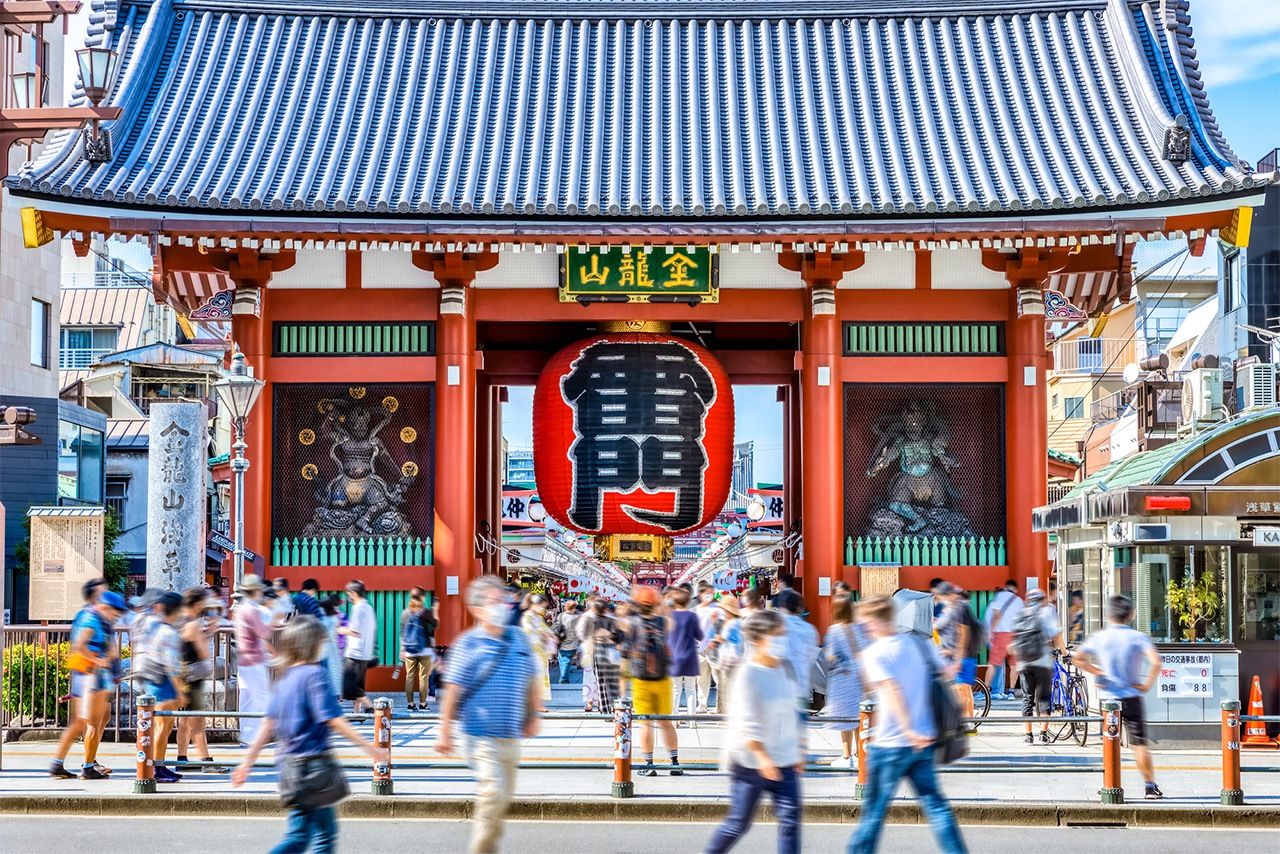
Tokyo Metropolis
Guideto Japan
Culture History- English
- 日本語
- 简体字
- 繁體字
- Français
- Español
- العربية
- Русский
Renowned as one of the world’s top cities and the capital of Japan, administratively Tokyo is actually a metropolis (to), a special kind of prefecture, and it is made up of numerous municipalities. The main parts of the metropolis are in Kantō. Central Tokyo consists of the 23 municipalities in the east, where the urban sprawl is most concentrated, while western Tokyo is less built up; to the east is Tokyo Bay. The metropolis also administers a number of distant islands, including the Izu and Ogasawara Islands. Its population of 14 million is by far the greatest among Japan’s prefectures.
Tokyo Metropolis at a Glance
- Established in 1871 (formerly Musashi province)
- Capital: Shinjuku (seat of the metropolitan government)
- Population: 14,048,000 (as of Oct. 2020)
- Area: 2,194 km2
Tokyo has been the political center of Japan since Tokugawa Ieyasu established his shogunate in the city under its former name of Edo in 1603. After the fall of the shogunate in 1868, the city was renamed Tokyo and officially became the nation’s capital. What was once Edo Castle is now known as the Imperial Palace; as the residence of Japan’s imperial family, it has only a few sections open to visitors. Many tourists go to the public Higashi-Gyoen gardens on the palace grounds. Asakusa and its temple Sensōji, famous for its “thunder gate” Kaminarimon, are also essential for Tokyo sightseers.

The Kaminarimon gate at Sensōji, Asakusa. (© Pixta)
Tokyo Tower is a longstanding icon of the city; it was joined by another soaring structure, Tokyo Skytree, in the twenty-first century. Several Tokyo districts themselves have become international names. In the west, Shinjuku is a thriving entertainment and business district home to the Tokyo Metropolitan Government Office, while Shibuya’s scramble crossing has become a symbol of the urban bustle. Nearby Harajuku is a hangout for fashion fans, as well as the setting for Meiji Shrine and its sacred forest. On the eastern side of the Yamanote railway line ringing central Tokyo, Akihabara is known for electronics and otaku goods, and Ginza is associated with high-end shopping.

The red-brick elegance of Tokyo Station makes it an attraction for visitors in its own right. (© Pixta)
Tokyo is a major global financial center, and the Tokyo Stock Exchange is one of the world’s leading exchanges. The Bank of Japan is based in the prefecture, along with the headquarters of the country’s three megabanks. There are many national government and administrative offices, along with head offices of major corporations. Japan’s media organizations and its publishing and printing industries are concentrated in the metropolis, and there are also many universities and other academic institutions. Toyosu Market is one of the world’s biggest fish markets, known for its famous tuna auctions. Edo kiriko cut glass is a longstanding traditional craft.

Unlike most prefectures, Tokyo does not have a general mascot associated with it. Miraitowa (left) and Someity were memorable Tokyo 2020 characters. The name for the Olympic mascot Miraitowa derives from the Japanese words for “future” (mirai) and “eternity” (towa) while the name for Paralympic mascot Someity comes from the somei yoshino variety of cherry trees, and also evokes the English “so mighty.” Both designs are influenced by the 2020 logos with their Ichimatsu moyō checkered pattern. (© Jiji)
Famous Figures
- Ono Yōko (1933–): Avant-garde artist, singer, and peace activist.
- Miyazaki Hayao (1941–): Animator and director of critically acclaimed films including My Neighbor Totoro and Spirited Away, which won the Academy Award for Best Animated Feature.
(Originally published in English. Banner photo: Shibuya’s famous scramble crossing. © Pixta.)
For the complete list of the country’s 47 prefectures, see “The Prefectures of Japan.”

